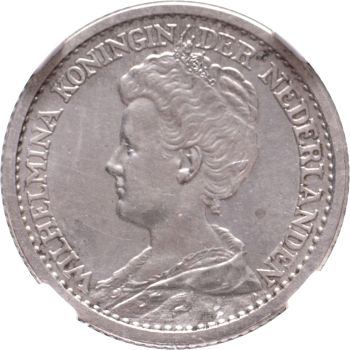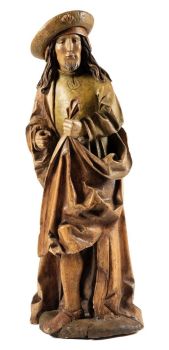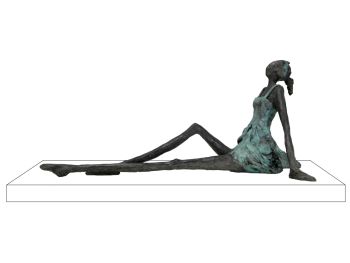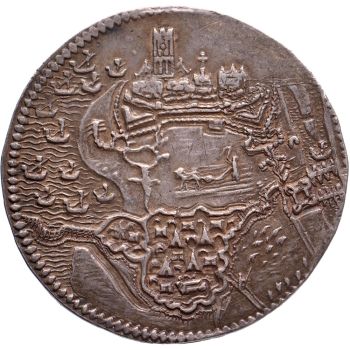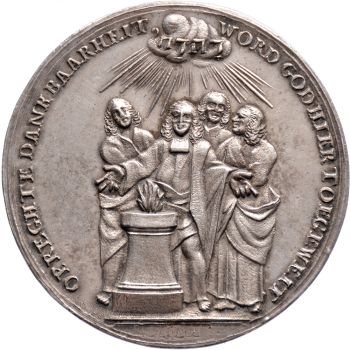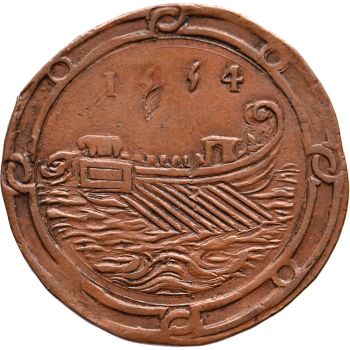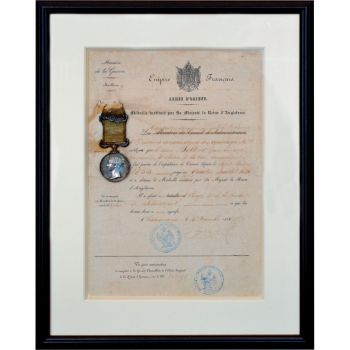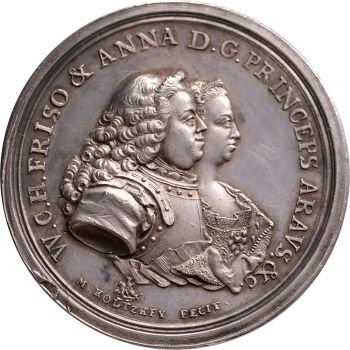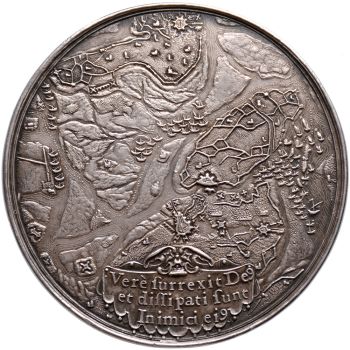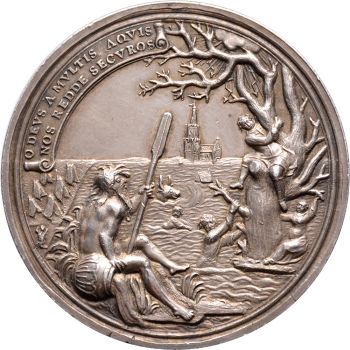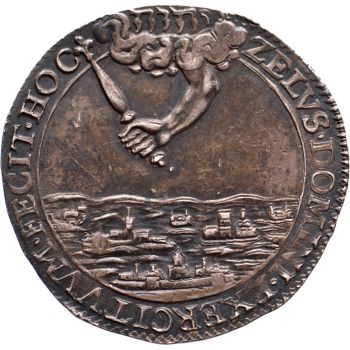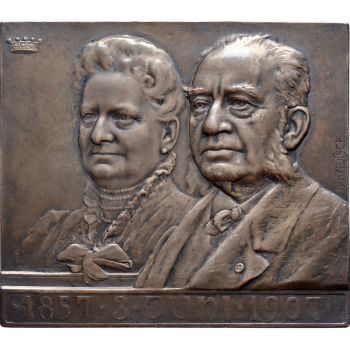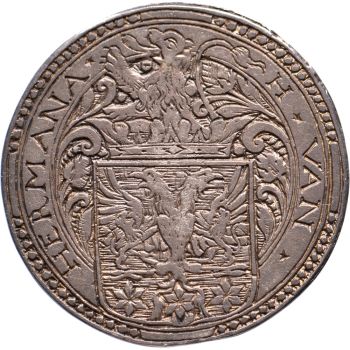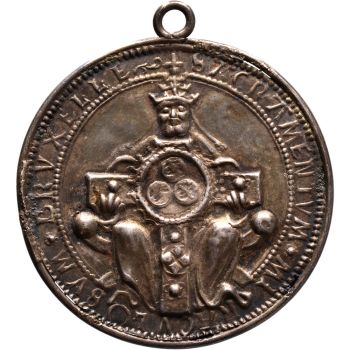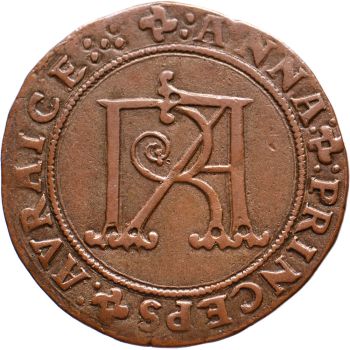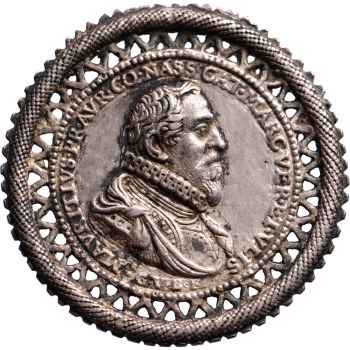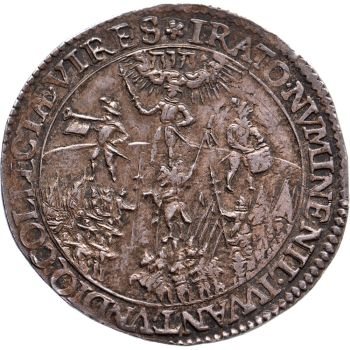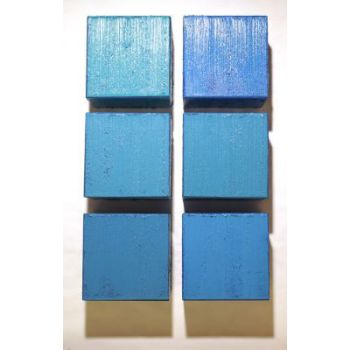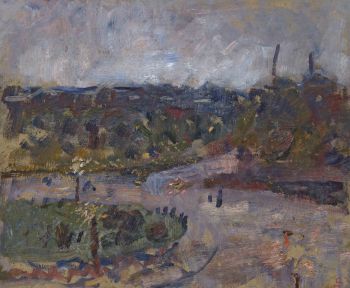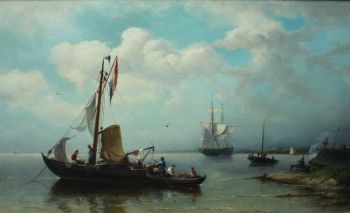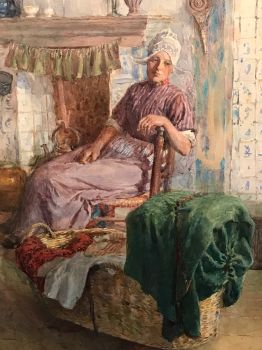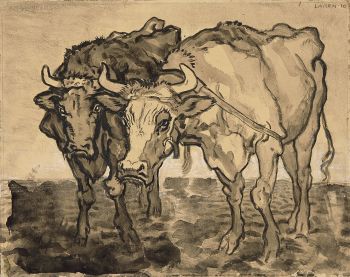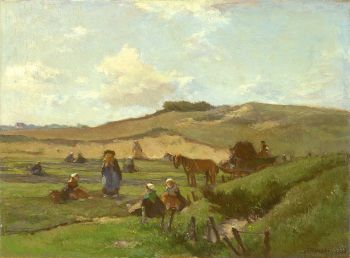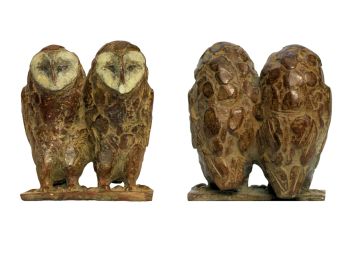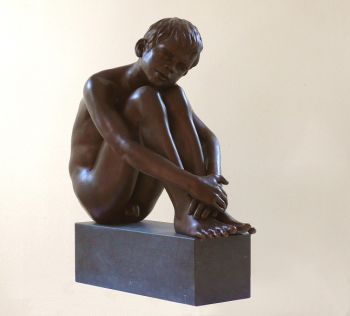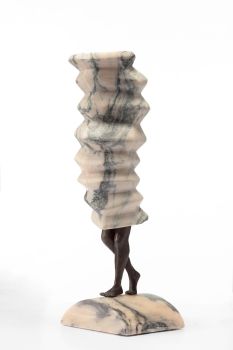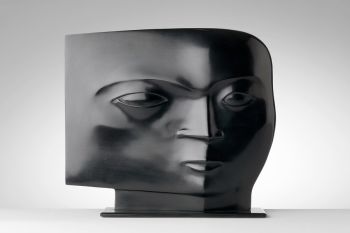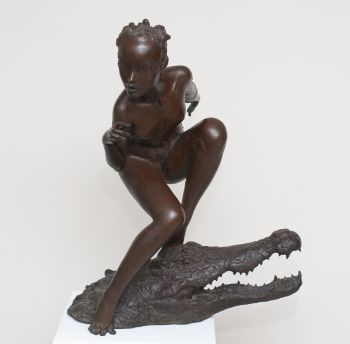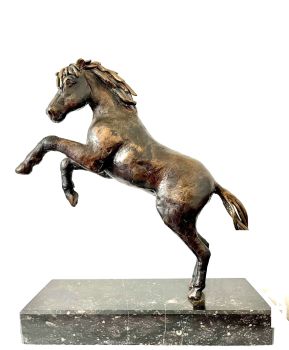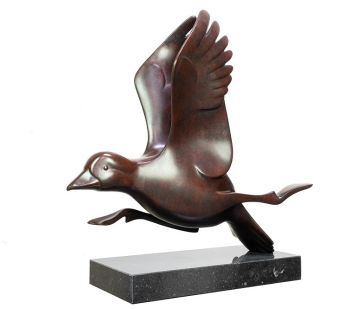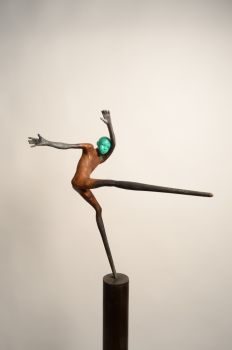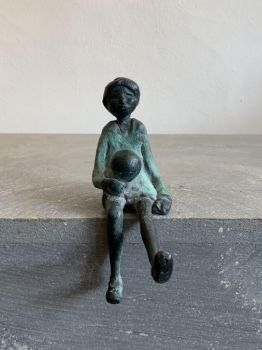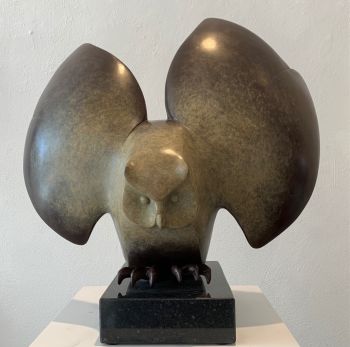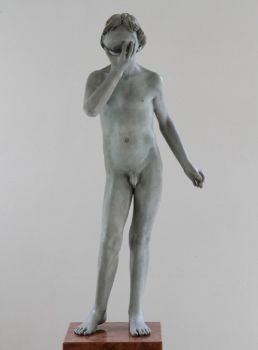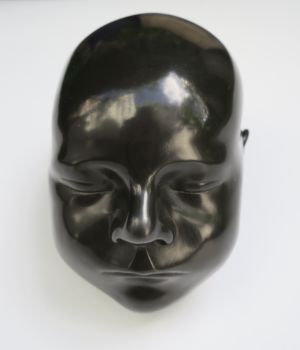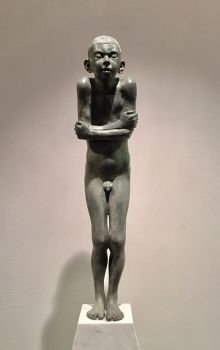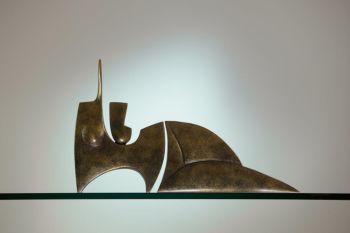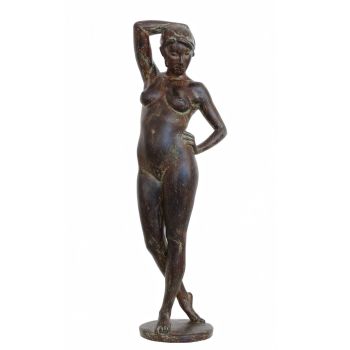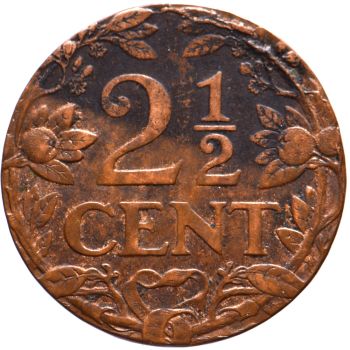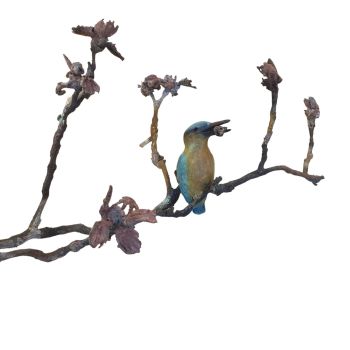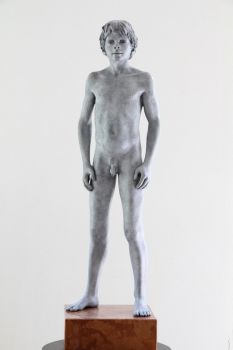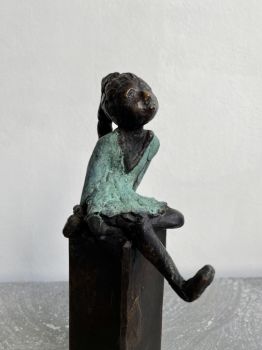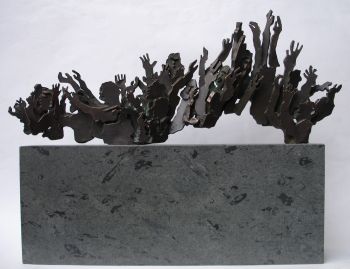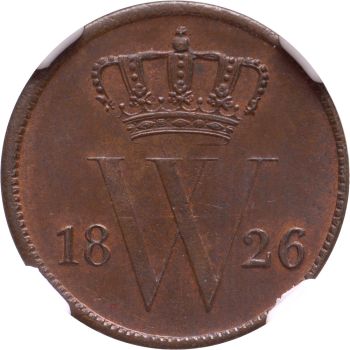Expedition to Brazil and capture of St. Thomas by admiral Van der Does. Betts 20 1599
Unbekannter Künstler
Jongeling Numismatics & Ancient Art
- Über KunstwerkObverse: EN ALTERA QVÆ VEHAT ARGO, the ship the Argo seen from the side, a standing soldier on the prow, the large sail with the name of Jehovah, the golden fleece hanging from the prow, S.C. underneath
Keerzijde: SIC NESCIA CEDERE FATA MDIC, bird’s-eye view of Bommeler- and Tielerwaard, two border posts in the shape of a human with the Hebrew text for Jehovah between them
RARE
The golden fleece on the prow refers to the myth of Jason and the golden fleece, who performed glorious feats with his argonauts. The caption, an adapted quote from Virgil, also refers to this: “alter erit tum Tiphys et altera quae vehat Argo delectos heroas” (“There will be another Tiphys and another Argo, which shall carry chosen heroes”).
Pieter van der Does was a Dutch admiral (1562-1599) who fought against the Spanish during the Eighty Years’ War (1568-1648). In 1599 he left on an expedition to Brazil with 66 ships, but not before entering into a confrontation with the Spanish to maintain Dutch hegemony at sea. He sailed towards the Spanish-Portuguese coast to set up a blockade there. This failed. He then sailed to Gran Canaria and took Las Palmas. However, he did not hold out here either and continued his journey to South America, where he stocked up on large quantities of wood (mahogany) and sugar in Brazil. He sailed back via the Cape Verde islands and also conquered the island of St. Thomas (São Tomé) on the African west coast. From this island they took 100 cannons, many chests of sugar, ivory and linen. Shortly afterwards, however, Van der Does, together with 1,000 crew members, became seriously ill and died within 15 days. This medal was issued after his death to commemorate his exploits.
Weight: 6.48 g
Diameter: AE 30.0 mm
Grade: Extremely Fine
Reference: vL. 532.2; Dugn. 3472; Betts 20 - Über Künstler
Es kann vorkommen, dass ein Künstler oder Hersteller unbekannt ist.
Bei einigen Werken ist nicht zu bestimmen, von wem sie hergestellt wurden, oder sie wurden von (einer Gruppe von) Handwerkern hergestellt. Beispiele sind Statuen aus der Antike, Möbel, Spiegel oder Signaturen, die nicht klar oder lesbar sind, aber auch einige Werke sind überhaupt nicht signiert.
Außerdem finden Sie folgende Beschreibung:
•"Zugeschrieben …." Ihrer Meinung nach wohl zumindest teilweise ein Werk des Künstlers
•„Atelier von ….“ oder „Werkstatt von“ Ihrer Meinung nach eine Arbeit, die im Atelier oder in der Werkstatt des Künstlers, möglicherweise unter seiner Aufsicht, ausgeführt wurde
•„Kreis von ….“ Ihrer Meinung nach ein Werk aus der Zeit des Künstlers, das seinen Einfluss zeigt, eng mit dem Künstler verbunden, aber nicht unbedingt sein Schüler
•"Art von …." oder „Anhänger von ….“ Ihrer Meinung nach eine Arbeit, die im Stil des Künstlers ausgeführt wurde, aber nicht unbedingt von einem Schüler; kann zeitgenössisch oder fast zeitgenössisch sein
•„Art von ….“ Ihrer Meinung nach ein Werk im Stil des Künstlers, aber späteren Datums
•"Nach …." Ihrer Meinung nach eine Kopie (jegliches Datums) eines Werks des Künstlers
• „Unterzeichnet …“, „Datiert …“. oder „Beschriftet“ Ihrer Meinung nach wurde das Werk vom Künstler signiert/datiert/beschriftet. Das Hinzufügen eines Fragezeichens weist auf einen Zweifel hin
• „Mit Unterschrift …“, „Mit Datum …“, „Mit Aufschrift ….“ oder „Trägt Unterschrift/Datum/Beschriftung“ ihrer Meinung nach die Unterschrift/Datum/Beschriftung von jemand anderem als dem Künstler hinzugefügt wurde
Sind Sie daran interessiert, dieses Kunstwerk zu kaufen?
Artwork details
Related artworks
- 1 - 4 / 12
Unbekannter Künstler
N.d. Murder of Johan and Cornelis de Witt in The Hague1672
€ 2.250Jongeling Numismatics & Ancient Art
 Kuratiert von
Kuratiert vonDanny Bree
Samuel Dejong
Anatomia Blue Heritage, Hercules Open2017 - 2019
Preis auf AnfrageVilla del Arte Galleries
 Kuratiert von
Kuratiert vonGallerease Magazine
1 - 4 / 24Gyrinus
Punktiertes graviertes Glas mit Putten1764 - 1766
Preis auf AnfragePeter Korf de Gidts - Antiquairs
Johannes Evert Akkeringa
'Nettenboetsters' in the Dunes1861 - 1942
Preis auf AnfrageStudio 2000 Art Gallery
Dutch School
Ankunft eines niederländischen Ostindianers in der Table Bay18th century
Preis auf AnfrageZebregs & Röell - Fine Art - Antiques
1 - 4 / 24- 1 - 4 / 24
- 1 - 4 / 12





